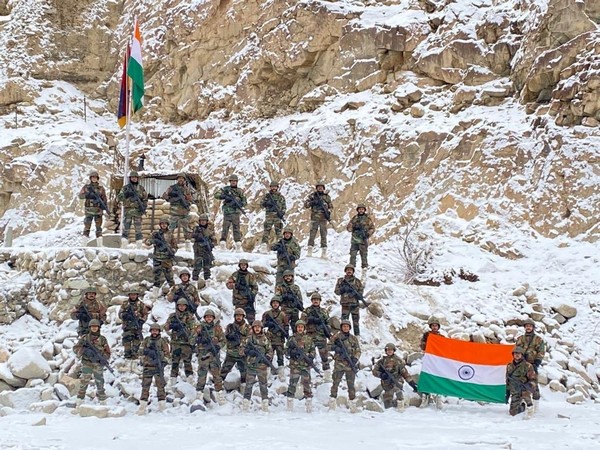February 3, 2022 – An investigative report by an Australian newspaper has said that China’s losses in the June 2020 high altitude border clash in Galwan valley were much higher than what was reported.

The Klaxon reported that many soldiers drowned while crossing the “fast-flowing and a sub-zero Galwan river.”
Following the clash, India had confirmed that 20 soldiers had died in this encounter. However, the Chinese side refused to disclose the number of causalities from their side.
In February of 2021, after eight months of the clash, the Chinese Government awarded posthumous medals for four of its soldiers.
However, Klaxon has said that they worked with several researchers and china-based bloggers and found that the number of causalities was higher than reported.
The Chinese Government also removed Qiu Moumou, a journalist from the Economic Observer – a Chinese newspaper for questioning the number of PLA soldiers causalities in Galwan.
The statement read, “Claims of substantial Chinese casualties in the Galwan Valley battle are not new. However, evidence provided by a group of social media researchers, which The Klaxon has independently built on, appears to support claims that China’s casualties extended well beyond the four soldiers named by Beijing.”
“It also shows the extreme lengths Beijing has gone to, in order to silence discussion about the battle – in particular, discussion about the true number of Chinese casualties.”
The report also discussed the events leading up to the tensions.
Galwan Valley is in a place in which both sides have territorial claims. Given the strategic importance of Galwan valley, tensions were mounting from both sides.
As per sources, in April of 2020, the Chinese forces set up infrastructures like tents, dugouts, and machinery in Galwan Valley.
However, when the Indian soldiers erected a bridge across the Galwan river, tensions increased, which led to the Glawan Valley clash.
Even though both the countries are nuclear superpowers, this battle was medieval with sticks, and metal rods, noted Klaxon.
Many experts have said that China’s action in the border area is similar to its activities in the South China Sea against Taiwan.
Follow Zollical for more updates.
